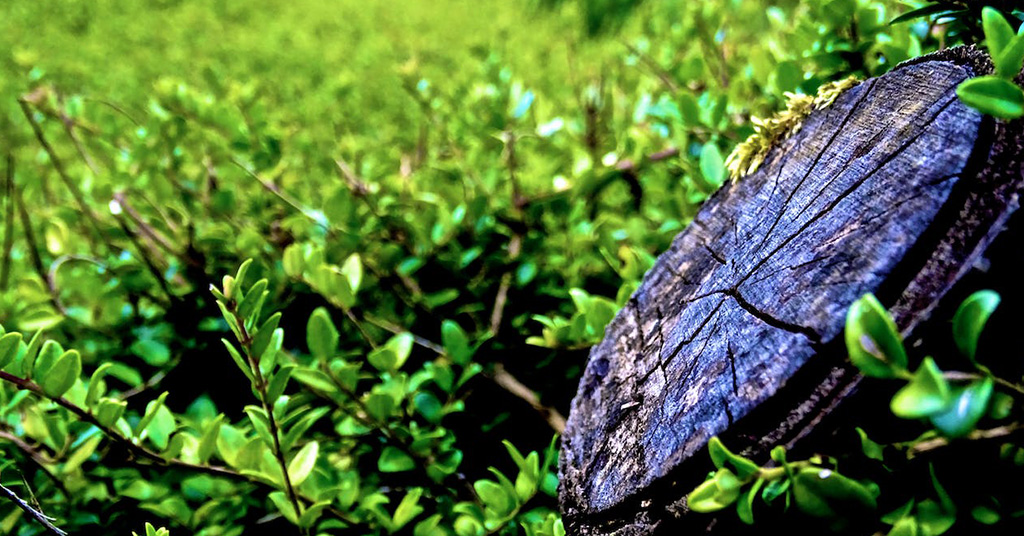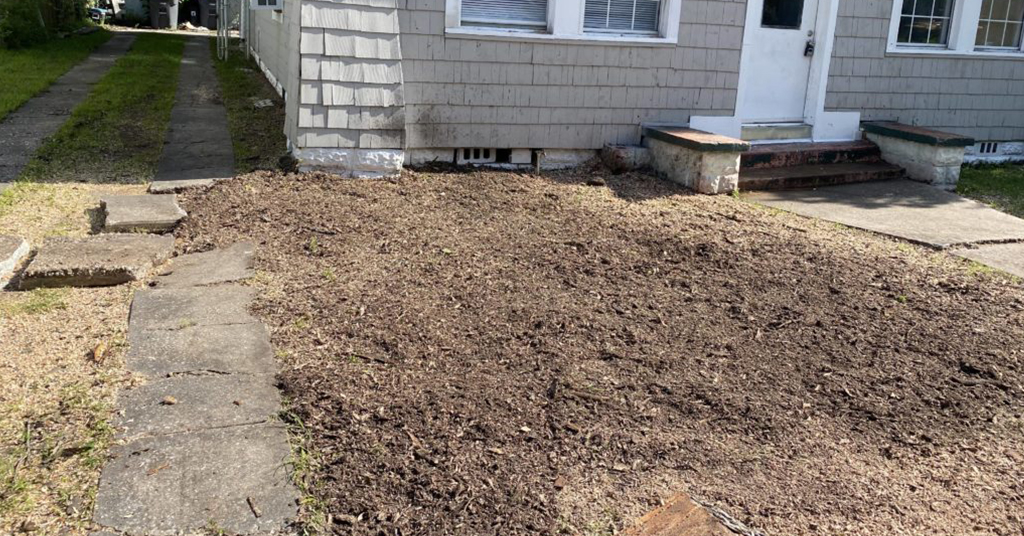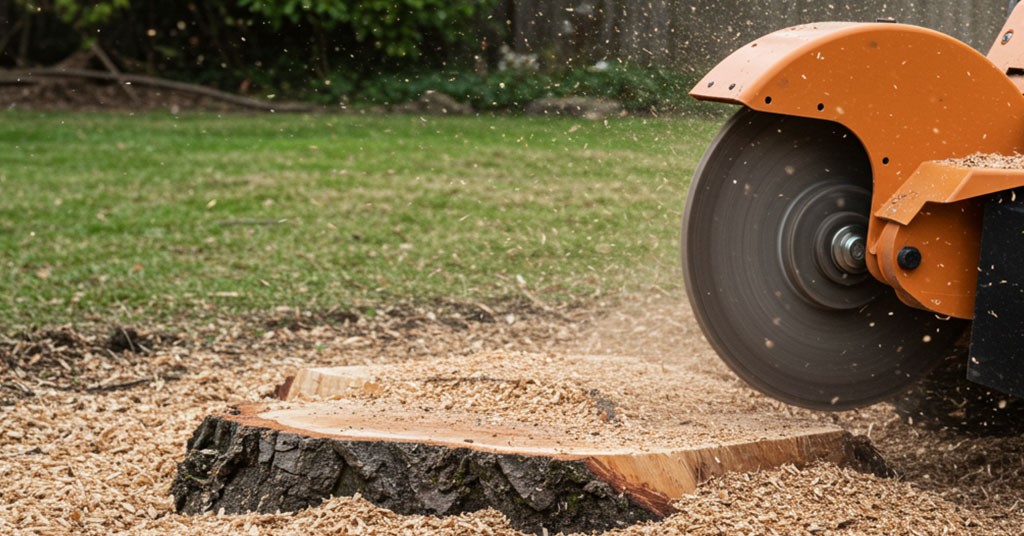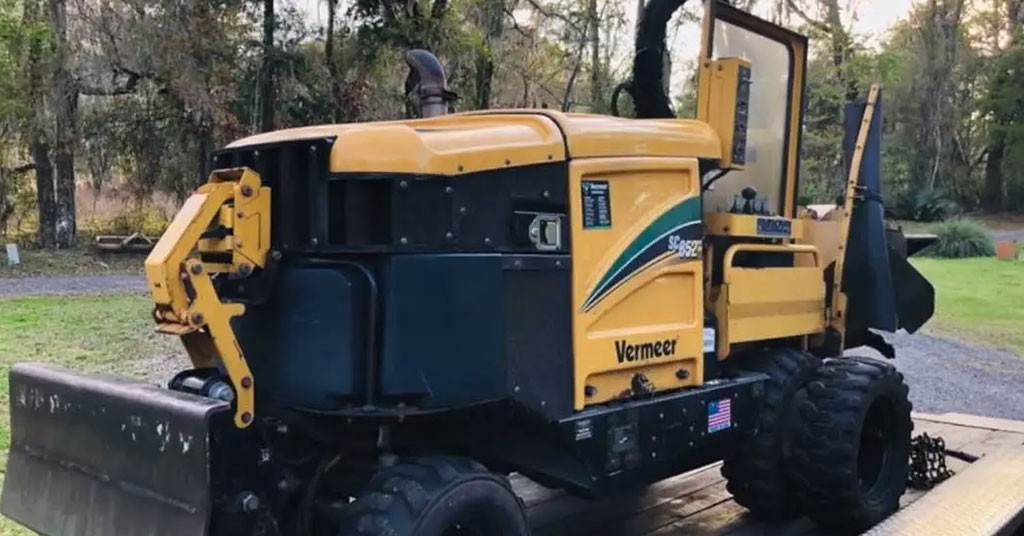

- 13 Dec, 2023
- Stump Grinding
Introduction
Stump grinding is a vital step in reclaiming outdoor spaces, enhancing safety, and promoting healthy landscapes. However, the success and efficiency of stump grinding can be influenced by the timing of the operation. In this blog, Stump Grinding Jacksonville experts will explore the factors that determine the best time of year to grind stumps, ensuring that this crucial task is carried out with maximum effectiveness and minimal impact on the surrounding environment.
- Consideration of Weather Conditions: According to Jacksonville Stump Grinding, One of the primary factors influencing the best time to grind stumps is weather conditions. Ideally, the process should be undertaken during periods of dry weather. Rain or wet soil conditions can make the grinding process more challenging, as the equipment may sink into the softened ground, leading to inefficiency and potential damage. Late spring and summer are often considered optimal for stump grinding due to the generally drier conditions.
- Tree Dormancy in Late Autumn and Winter: Late autumn and winter are favorable seasons for stump grinding, particularly in regions where trees undergo dormancy during the colder months. When trees are dormant, their nutrient flow is reduced, making the removal of stumps less likely to impact neighboring vegetation. Grinding stumps during the dormant season also minimizes the risk of disease transmission and pest infestations.
- Post-Tree Removal Considerations: The best time to grind a stump is typically after the tree has been removed. If the tree removal occurs during the dormant season or when the weather is dry, it's advisable to proceed with stump grinding promptly. This ensures that the remaining stump doesn't become a breeding ground for pests or a potential obstacle in the landscape.
- Avoiding Spring Growth Periods: While late spring is generally favorable for stump grinding due to drier conditions, it's crucial to consider the growth period of surrounding vegetation. Grinding stumps during the active growth phase of plants and trees may result in increased stress to the neighboring vegetation. It's advisable to schedule stump grinding either before or after the peak growth season to minimize potential impacts on surrounding plants.
- Construction and Landscaping Projects: Stump grinding is often integrated into construction and landscaping projects. Choosing the best time for stump grinding in these contexts depends on the specific goals of the project. According to Tree Stump Removal Jacksonville FL, For construction, it may be most efficient to grind stumps before heavy machinery is brought in. In landscaping projects, timing may be influenced by the overall design and the desired appearance of the finished landscape.
- Environmental Considerations: Environmental factors play a crucial role in determining the best time for stump grinding. If the area surrounding the stump is ecologically sensitive, it's essential to take extra care in scheduling the operation. For example, avoiding the breeding seasons of local wildlife or considering the presence of migratory species can contribute to responsible and environmentally conscious stump grinding practices.
- Consultation with Arborists or Professionals: When in doubt, seeking advice from arborists or professional stump grinding experts is a prudent step. These experts can assess the specific conditions of the site, the type of tree, and local climate patterns to recommend the most suitable time for stump grinding. Their expertise ensures that the process is carried out with minimal impact on the environment and surrounding vegetation.
Conclusion
According to Stump Grinding Jacksonville FLÂ experts, Choosing the best time of year to grind stumps is a decision that involves careful consideration of various factors, including weather conditions, tree dormancy, post-removal considerations, growth periods of surrounding vegetation, and environmental sensitivities. By thoughtfully planning stump grinding operations and aligning them with the optimal timing, property owners can ensure efficient and effective removal of stumps while minimizing potential impacts on the landscape and surrounding ecosystems.
Related Blog
- 01 Sep 2024
- 0 Comment
What are other methods of stump removal?
Stump removal entails uprooting tree stumps from the ground using a machine named stump grinder. Stump originating from ground-up stump materials are disciplining for your ground to avoid the conclusion of revolting dips or voids in your yard. Ensure that...
- 01 Oct 2024
- 0 Comment
10 Benefits of Stump Grinding
A specialized device, a stump grinder, removes tree stumps from the ground during the stump removal procedure. By reducing the stump to tiny wood bits, this equipment removes it from the landscape permanently. To ensure that the entire tree is...
- 05 Jul 2024
- 0 Comment
Our Approach to Stump Removal
Stump removal entails uprooting tree stumps from the ground using a machine named stump grinder. Stump originating from ground-up stump materials are disciplining for your ground to avoid the conclusion of revolting dips or voids in your yard. Ensure that...


